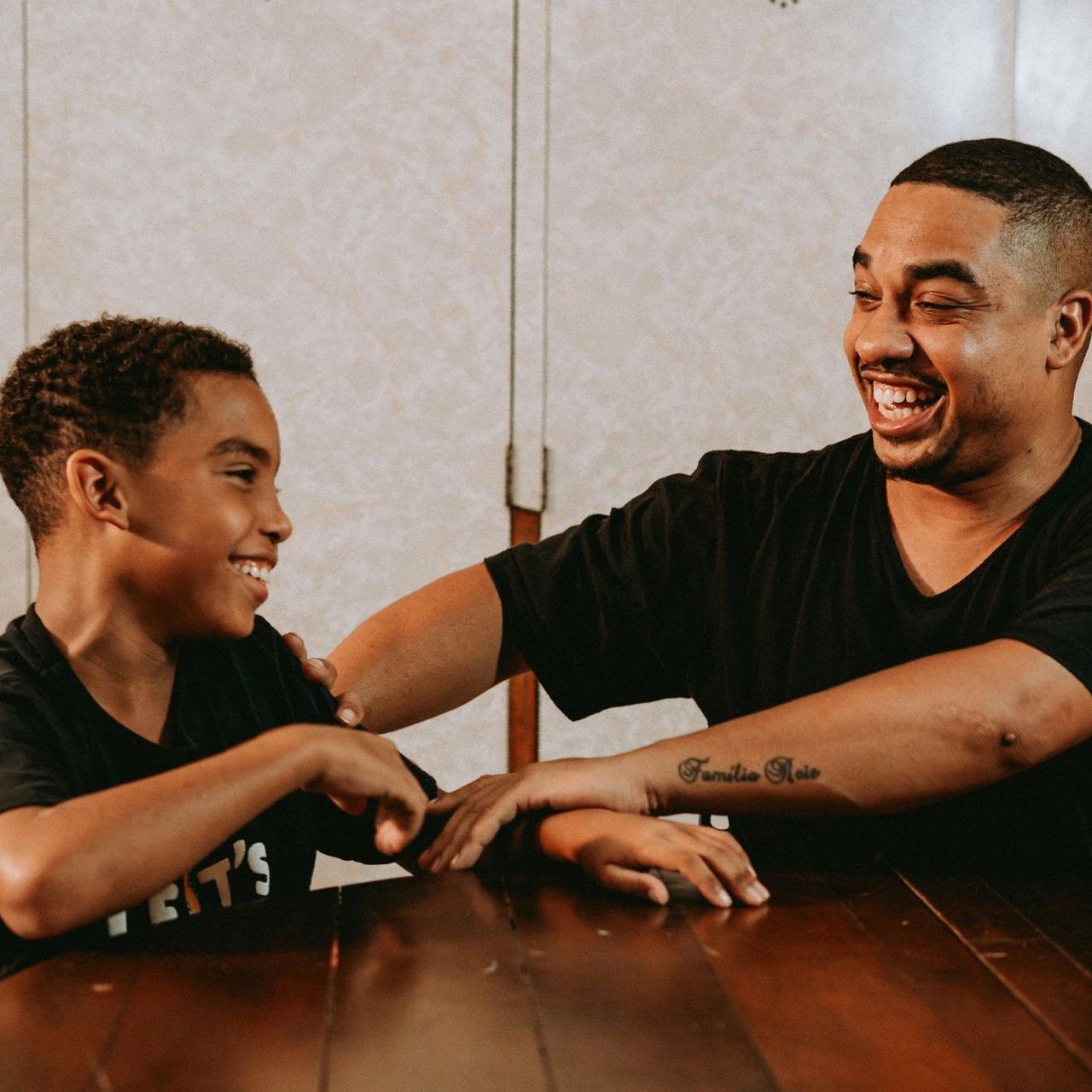The Pivotal Role of Physical Fitness in Adolescent Health

As adolescents navigate the challenging waters of their teenage years, physical fitness emerges as a beacon of well-being, guiding them towards a healthier, happier life. Often overshadowed by academic demands and social pressures, the significance of physical activity in the lives of teens can be understated. In this blog post, we'll explore the multifaceted benefits of physical fitness for adolescents, particularly focusing on its impact on mental health and practical ways to keep our teens moving and thriving.
The Multifaceted Benefits of Physical Activity:
- Physical Health Benefits: Regular exercise strengthens the heart, improves lung capacity, controls weight, and builds muscle strength. For teenagers, this is crucial as it sets a foundation for lifelong health habits and prevents obesity and other related health issues.
- Mental Health Enhancements: Exercise is a natural mood lifter. It increases the production of endorphins, often termed as 'feel-good hormones', which can help in reducing anxiety, depression, and negative mood by improving self-esteem and cognitive function.
- Boosting Academic Performance: Surprisingly, physical fitness can also correlate with improved academic performance. Studies suggest that regular exercise can enhance brain function, increase concentration levels, and even improve memory, aiding teens in their academic pursuits.
- Social Benefits: Joining sports teams, dance classes, or fitness clubs offers teenagers a chance to interact with their peers outside a school setting, fostering friendships and developing teamwork and leadership skills.
- Better Sleep: Regular physical activity can help regulate sleep patterns. Improved sleep leads to better mood, clearer thinking, and, as a result, better decision-making and social interactions.
Suggestions for Staying Active:
- Encourage Sports Participation: Whether it's a school team or a local club, participating in sports can be a fun and effective way to stay fit.
- Fitness as a Family: Family hikes, bike rides, or yoga sessions can be both bonding experiences and a way to instill a love for fitness.
- Technology-Integrated Fitness: Utilize apps and online platforms that offer personalized workout routines or dance classes that can be done at home.
- Active Commuting: Encourage teens to walk or cycle to school or local destinations instead of a car ride.
- Variety is the Spice of Life: Keep things interesting by encouraging teens to try different types of activities such as martial arts, swimming, or rock climbing.
- Set Realistic Goals: Setting achievable fitness goals can help teens stay motivated. Celebrate these milestones when they are reached.
- Mind-Body Practices: Activities like yoga and tai chi not only provide physical benefits but also help with mental relaxation and focus.
In conclusion, the role of physical fitness in adolescent health is irrefutable. While it fortifies the body, its positive effects on mental health, social skills, and academic success are equally significant. By supporting and encouraging our teens to embrace an active lifestyle, we're not just aiding them in maintaining their physical health; we're empowering them with the tools to face life's challenges with a robust and resilient mindset. So, let's inspire and motivate our teenagers to get moving, for a healthier, happier future awaits them!










